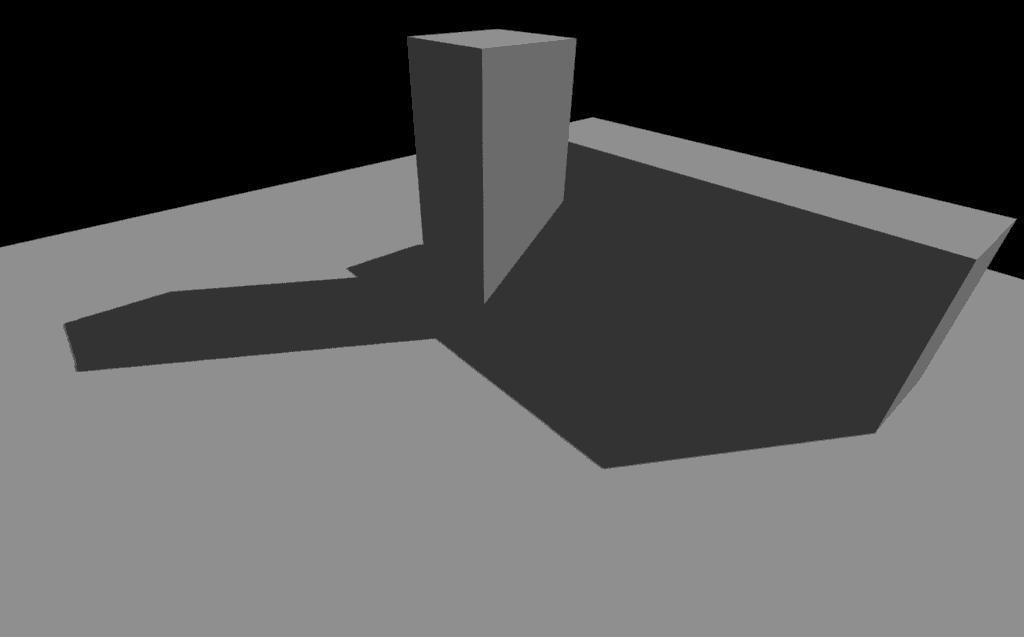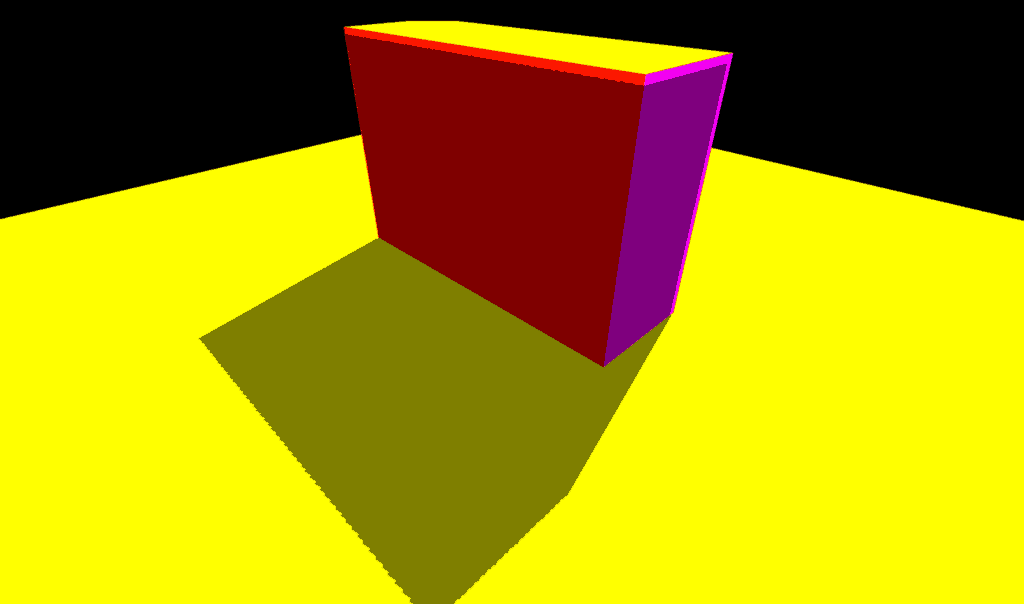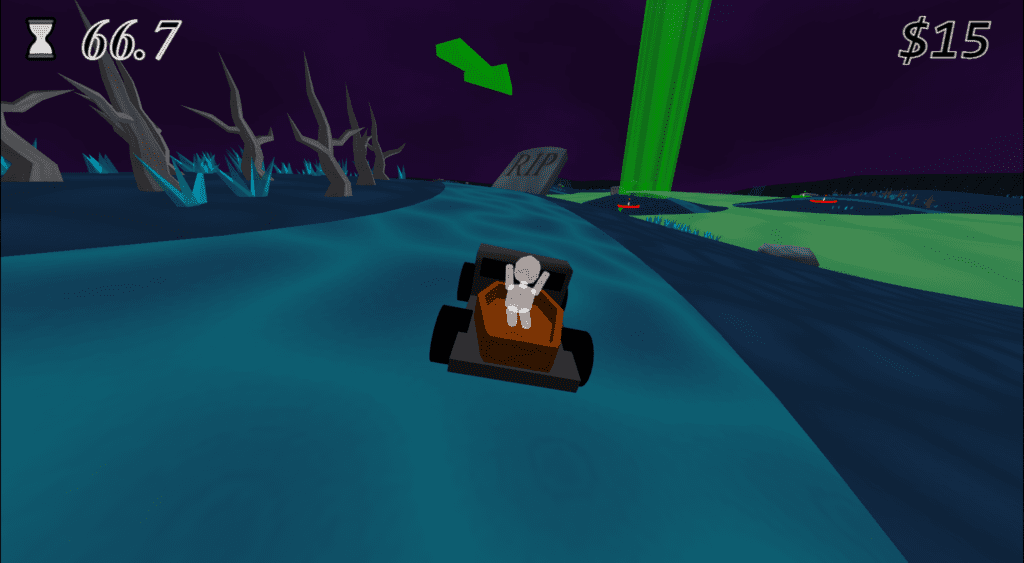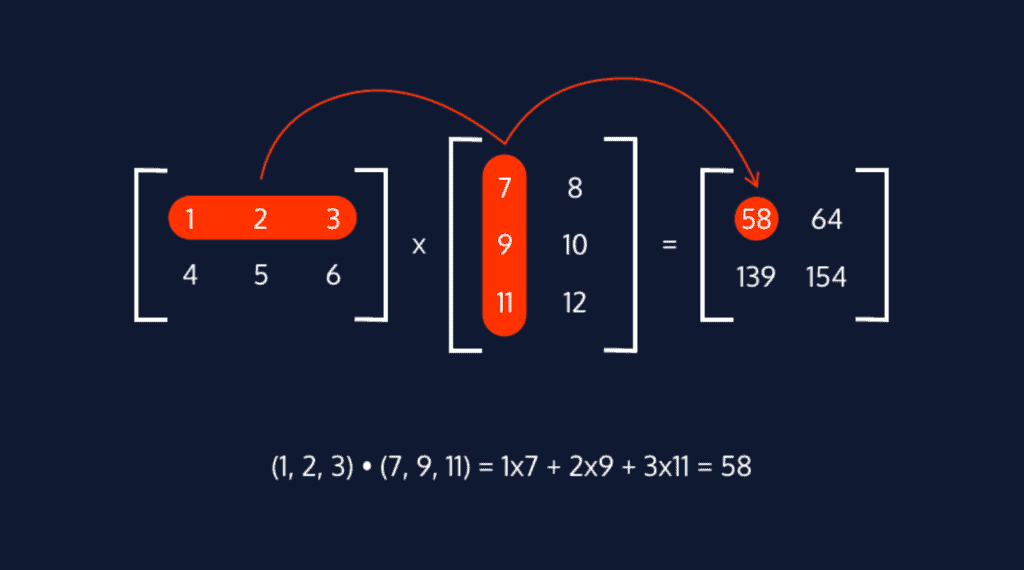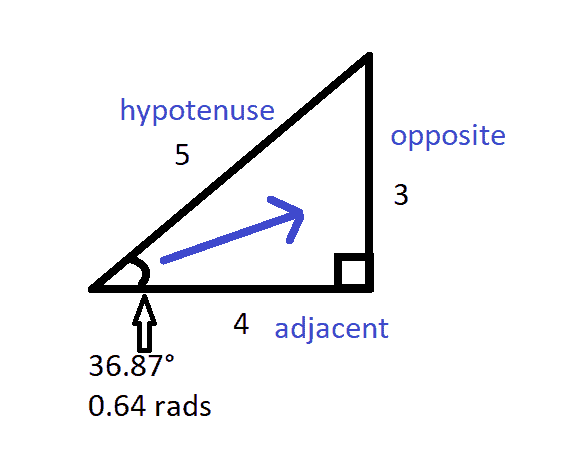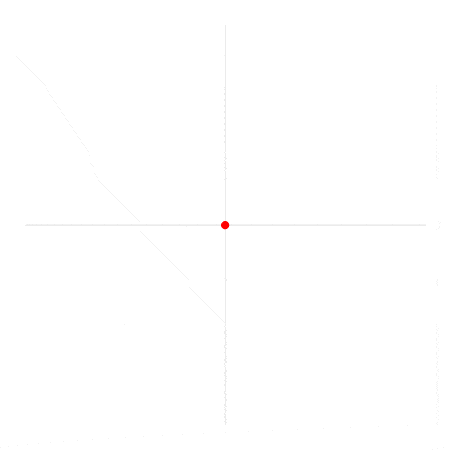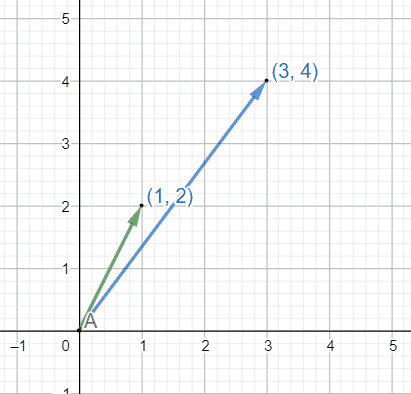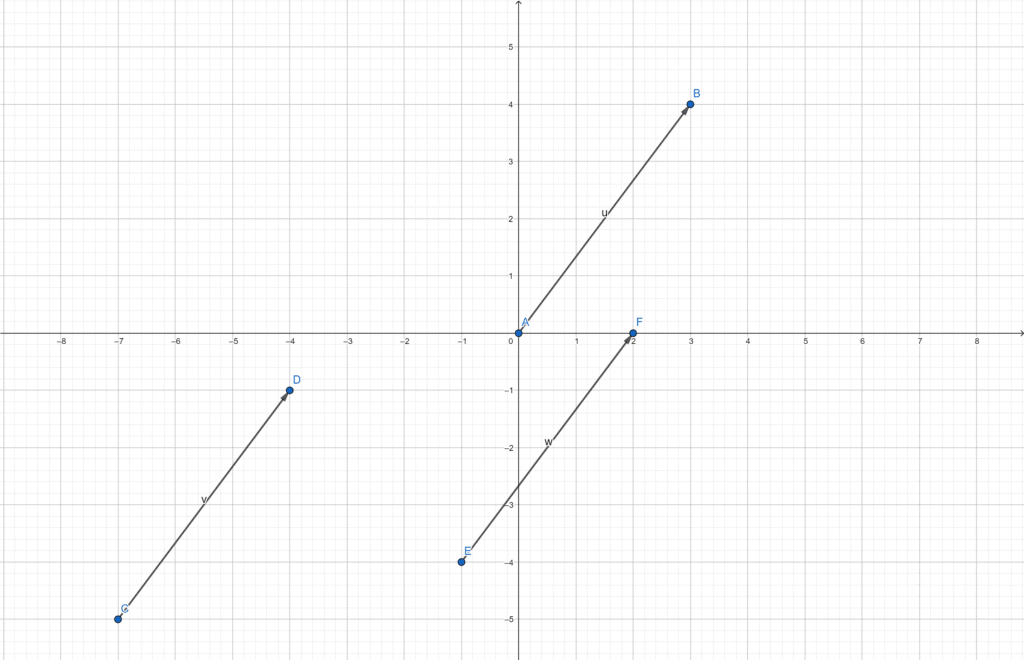The Making of UPYRI – JS13k 2023 Post Mortem
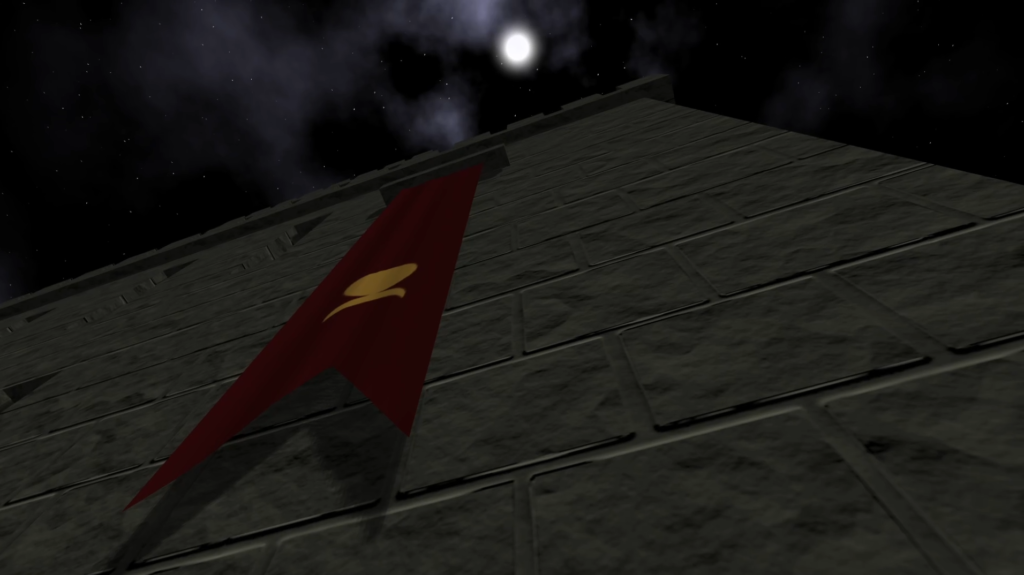
After Last Years Competition At the end of last year’s competition, I knew there were a handful of things I wanted to do to prepare for the following year. Toolset While I had already come up with a pretty good build process before last years competition, there were a few annoying things about it. The […]
